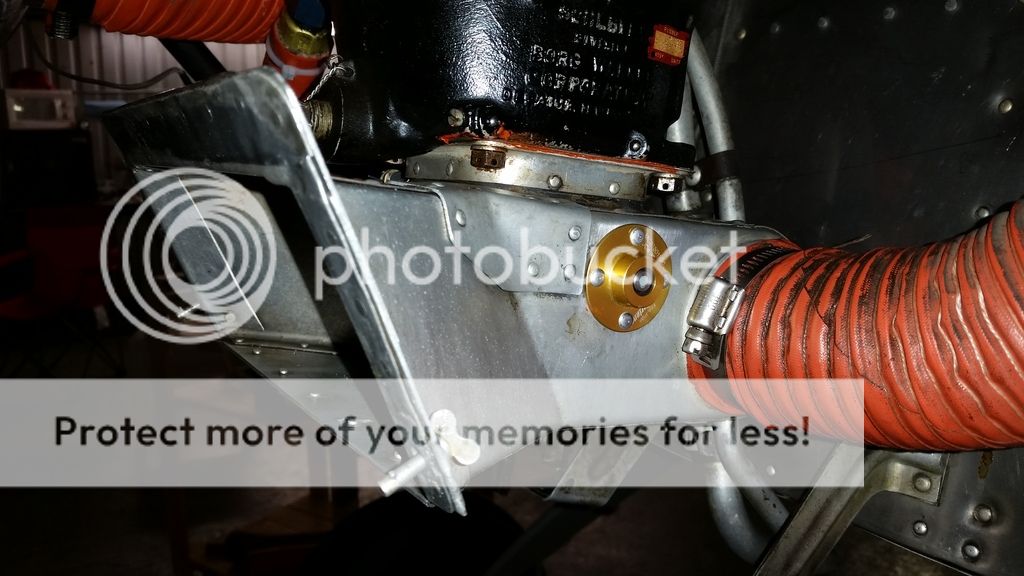- Joined
- Dec 5, 2010
- Messages
- 5,156
- Display Name
Display name:
GeorgeC
Went to fly the 162 today. I was the third renter of the day. OAT about 80F, dewpoint about 65F.
Dipstick read low, added a quart, then it read 4.5, good to go. Topped off the gas and preflighted as usual.
Started up and engine ran very rough and would only hold about 600rpm, and something smelled unusual. Strike one; shut down. Tried to start again but was unable. Strike two. Decided it was time to talk to the FBO. Guy came out and must have said a blessing, because it started right up and ran great. Did a quick mag check at 1000rpm, seemed ok on either. Leaned for taxi, radio check, and off to the runup area I go.
Push in the throttle for the runup and we're back to rough running. I called it quits at that point and could only limp it about halfway back to the tiedown. FBO guys claimed to see wispy white smoke and asked me to shut down. I pull to ICO, engine surges and runs great for a few moments and then quits.
I'm sure glad that it failed on the ground. I'm very interested to learn the root cause.
Dipstick read low, added a quart, then it read 4.5, good to go. Topped off the gas and preflighted as usual.
Started up and engine ran very rough and would only hold about 600rpm, and something smelled unusual. Strike one; shut down. Tried to start again but was unable. Strike two. Decided it was time to talk to the FBO. Guy came out and must have said a blessing, because it started right up and ran great. Did a quick mag check at 1000rpm, seemed ok on either. Leaned for taxi, radio check, and off to the runup area I go.
Push in the throttle for the runup and we're back to rough running. I called it quits at that point and could only limp it about halfway back to the tiedown. FBO guys claimed to see wispy white smoke and asked me to shut down. I pull to ICO, engine surges and runs great for a few moments and then quits.
I'm sure glad that it failed on the ground. I'm very interested to learn the root cause.





